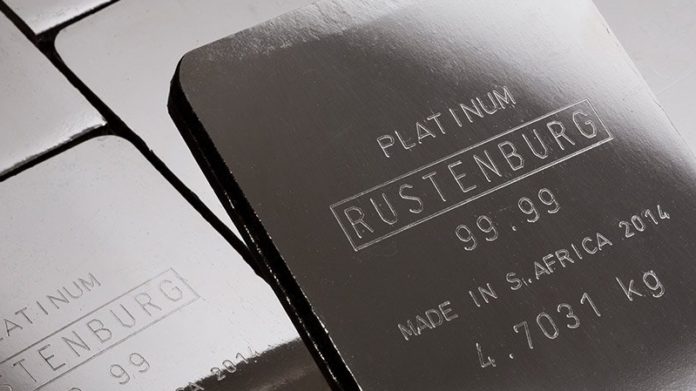
PLATINUM demand may benefit from market disruption caused by Russia’s invasion of Ukraine with consumers switching out of palladium, said Paul Wilson, CEO of the World Platinum Investment Council (WPIC).
Russia controls about 38% of world palladium production the export of which may be affected by tightening supply chains and an increase in the metal’s price. Palladium prices have gained nearly 25% in the last seven days. It is currently trading at $3,215.50/oz.
“While global economic growth in 2021 surprised to the upside and was expected to stay strong in 2022, with the IMF projecting a growth rate of 4.4%, the consequences of the Russian invasion of Ukraine are difficult to predict at this juncture,” Wilson said.
“However, early indications are that supply disruption of palladium from Russia may well enhance platinum demand,” he added. Wilson was commenting in the WPIC’s 2021 review and preview for 2022. The council thinks the platinum market will record a halving in the surplus that developed last year.
The platinum market ended 2021 in a surplus of 1,23 million ounces – a surprise for the WPIC as it said in its preview for 2021 in March last year that it expected the market to run a narrow deficit with demand momentum growing.
Demand was in fact 9% lower which set against a 21% increase in supply resulted in the deficit. The improvement in supply was a feature of last year largely owing to the quicker-than-expected recovery of refined production from Anglo American Platinum.
The Anglo American owned company caused heavy market disruption in 2019 following the closure of its processing units at its Anglo Converter Plant in Rustenburg. However, the repair of one of the processing units was completed without major mishap last year and led to a clearout of inventory (and release of capital build) ahead of expectations. The rebuild of another unit is expected to be completed this quarter.
As these issues of refined recovery normalise in 2022, the surplus of 2021 is forecast to reduce by 47% in 2022 to 652,000 oz, said the WPIC. Demand was expected to increase around 7% – or 520,000 oz – while supply declines 1%, equal to 61,000 oz.
One standout feature of demand last year was the decline in investment demand which the WPIC said related to a flight of investors to platinum group metal shares, some of which offered record dividend payments.
As a result exchange traded funds demand fell 237,000 oz after two years of “exceptional growth”, the WPIC said. “Additionally, talk of tapering and hawkish Fed signals were notable drivers behind ETF liquidations during the second half of the year,” the WPIC said.
“Following unprecedented ETF demand in 2019 and 2020, and despite the liquidations seen in 2021, ETF holdings are forecast to rise by a net 50 koz in 2022,” it added.









